If seeing the aurora borealis is on your 2025 bucket list, you’re definitely not alone. But here’s a little secret: while Iceland steals most of the headlines, there are breathtaking — and often less crowded — places across the world where you can watch the lights dance across the night sky. Ready to discover the most magical, under-the-radar spots to witness the northern lights 2025? Let’s jump in and plan the aurora adventure of your dreams.
From Arctic villages to vast wilderness parks, this guide will take you beyond the usual destinations, blending unforgettable light shows with once-in-a-lifetime travel experiences. So, grab your warmest jacket, pack a sense of adventure, and don’t forget that camera with night mode — because aurora season is calling.
Why 2025 Is an Aurora Year to Remember
Let’s break it down: the aurora borealis is tied to the sun’s 11-year solar cycle. In 2025, we’re approaching the solar maximum — meaning the sun is at its most active. This creates stronger geomagnetic storms, leading to more intense and colorful auroras. But here’s the exciting part: you won’t just see the lights farther north. With the right conditions, the northern lights 2025 could be visible in places as far south as Scotland, parts of Canada, and even the northern U.S. That’s why travelers and photographers are already booking trips — it’s set to be one of the best aurora years in over a decade!
So, whether you’re a seasoned chaser or planning your first aurora trip, 2025 offers a rare chance to witness nature’s most dazzling performance. Just remember, while forecasts can help, the aurora keeps its own schedule — so patience and flexibility are key.
Tromsø, Norway – The Arctic Gateway
Tromsø is a bucket-list destination for aurora lovers — and for good reason. Surrounded by dramatic fjords and snow-capped peaks, Tromsø sits right in the middle of the auroral oval, where the northern lights are most frequently visible. With direct flights from Oslo and plenty of aurora tours, it’s a great balance between adventure and comfort. You can go from sipping hot chocolate in a cozy café to standing under a sky streaked with green and violet ribbons in under an hour.
What sets Tromsø apart is how many ways you can experience the aurora. Join a guided snowmobile chase, take a boat out into the fjords for a sea-level view, or simply relax in a glass-roofed cabin and let the lights come to you. Many travelers also combine their trip with bucket-list activities like dog sledding, Sami cultural experiences, or reindeer safaris. Local experts at Visit Norway can help tailor an unforgettable itinerary.

Abisko, Sweden – Clear Skies & Science
Abisko is a dream for those who want clear skies and scientific insight. Thanks to the “Blue Hole of Abisko,” a unique weather phenomenon that keeps the skies clearer than surrounding areas, your chances of seeing the aurora here are some of the best on earth. The Aurora Sky Station is a true highlight — you can ride a chairlift up to the station, sip a warm drink by the fire, and learn about the science behind the auroras from experts.
Adventure seekers will love the guided snowshoe or cross-country skiing tours, while photographers can join workshops that teach you how to capture the northern lights 2025 in all their glory. Plus, Abisko’s small-town charm and commitment to sustainability make it a feel-good choice for conscious travelers. Visit Swedish Lapland for more inspiration.
Yukon, Canada – Wilderness & Wonders
Yukon is the place to go when you want true wilderness and no crowds. Here, you can watch the aurora ripple over frozen lakes, wide-open plains, and dense boreal forests. Whitehorse, the capital, offers guided tours, cultural workshops with First Nations communities, and cozy lodges built for aurora viewing. For the ultimate backcountry experience, consider a multi-day trip into the wild with a guide — you’ll get snowmobiling, dog sledding, and aurora spotting all rolled into one unforgettable adventure.
In 2025, the auroras are expected to be stronger and more frequent, making Yukon an incredible alternative to more crowded spots. Check Travel Yukon for the latest trip ideas and tour options.
Finnish Lapland – Winter Dreamland
Few places do winter magic like Finnish Lapland. In towns like Rovaniemi and Saariselkä, you can pair your aurora hunt with reindeer sleigh rides, ice hotel stays, and even a visit to Santa Claus Village. It’s an ideal destination for families, couples, or anyone craving a fairy-tale winter getaway. Glass igloos and aurora domes let you watch the northern lights 2025 from the comfort of your bed — no frostbite required!
For daytime fun, enjoy snowshoe hikes, ice fishing, or a visit to one of Lapland’s many national parks. Visit Visit Finland for details on planning your trip and booking those unforgettable stays.

Scotland – Auroras & Legends
While not typically top of mind for aurora trips, Scotland is poised to shine in 2025. Thanks to the solar maximum, the Highlands, Orkney, and Shetland Islands could see spectacular light displays. Locals call them the “Mirrie Dancers,” and they’ve long been part of Scottish folklore. Imagine watching the lights flicker over ancient castles, rugged cliffs, and lochs — it’s a setting straight out of a fantasy novel.
For the best odds, head far north and stay flexible. Check Visit Scotland for aurora forecasts and planning tips.
Alaska, USA – More Than Fairbanks
Alaska has long been a top destination for aurora hunters, but in 2025, it’s worth looking beyond Fairbanks. Denali National Park, the Brooks Range, and even Anchorage offer great viewing opportunities, especially during the solar maximum. Combine your aurora chase with snowshoeing, wildlife spotting, or soaking in natural hot springs under the stars for an unforgettable adventure.
From rustic wilderness lodges to high-end resorts, Alaska caters to all kinds of travelers. Find more at Travel Alaska.
Greenland – Remote & Raw
Greenland is one of the least-visited and most jaw-dropping aurora destinations on earth. With minimal light pollution, vast frozen landscapes, and rich Inuit culture, it offers a truly otherworldly experience. Kangerlussuaq is known for its reliable aurora conditions, but Ilulissat’s icy fjords are equally mesmerizing. Traveling here isn’t always easy — but for intrepid travelers, the reward is unparalleled access to nature at its wildest.
How to Maximize Your Aurora Trip
- Best Time: September–April, with February and March offering some of the clearest skies and longest nights.
- Ideal Conditions: Clear skies, no moonlight, rural areas away from artificial light.
- Tech Helpers: Download apps like My Aurora Forecast, SpaceWeatherLive, and Aurora Alerts for live updates.
- Photography Musts: Tripod, wide-angle lens, long exposure, and lots of practice!
2025 Aurora Travel Tips
- Bundle up — temperatures can plunge, especially late at night.
- Book early — with 2025’s solar peak, accommodations and tours will sell out fast.
- Stay multiple nights — the lights are unpredictable, so give yourself a few chances.
- Plan daytime fun — from snowmobiling to cultural tours, make the most of your trip beyond just the night skies.
Sure, Iceland is iconic — but 2025 is your chance to think bigger. With solar activity ramping up, the northern lights 2025 season offers more chances, more destinations, and more jaw-dropping skies than we’ve seen in years. Whether you’re dog sledding in Norway, sipping cocoa in Finnish Lapland, or standing on a frozen Canadian lake, your dream aurora moment is closer than ever.
Have you seen the northern lights before? Or are you planning your first chase? Drop your stories, questions, or dream spots in the comments — we’d love to hear where you’re headed! And don’t forget to follow WentWorld on social media for more travel inspiration, expert guides, and hidden gems from the world’s most magical destinations.
Catch up on the top stories and travel deals by subscribing to our newsletter!

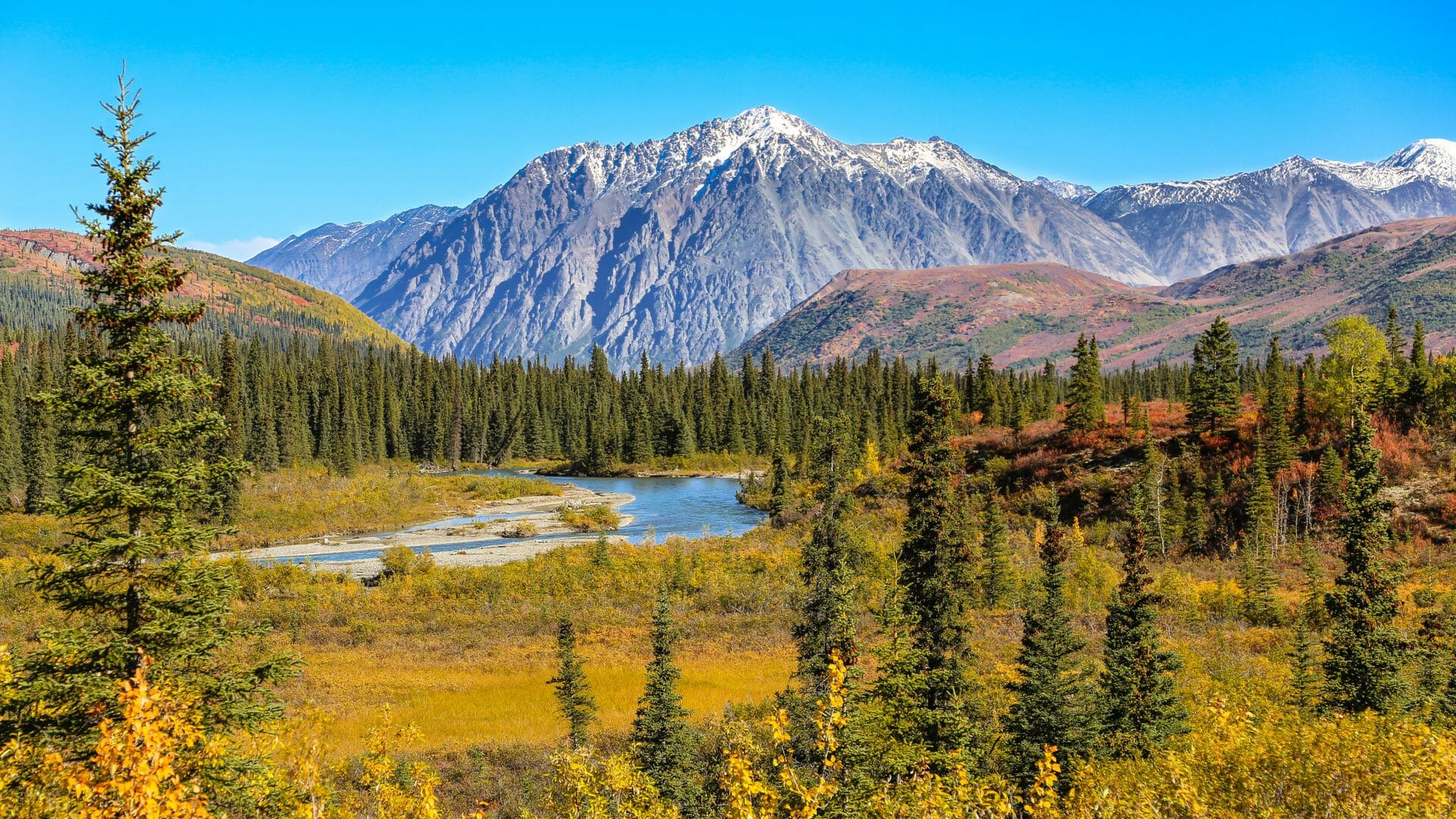

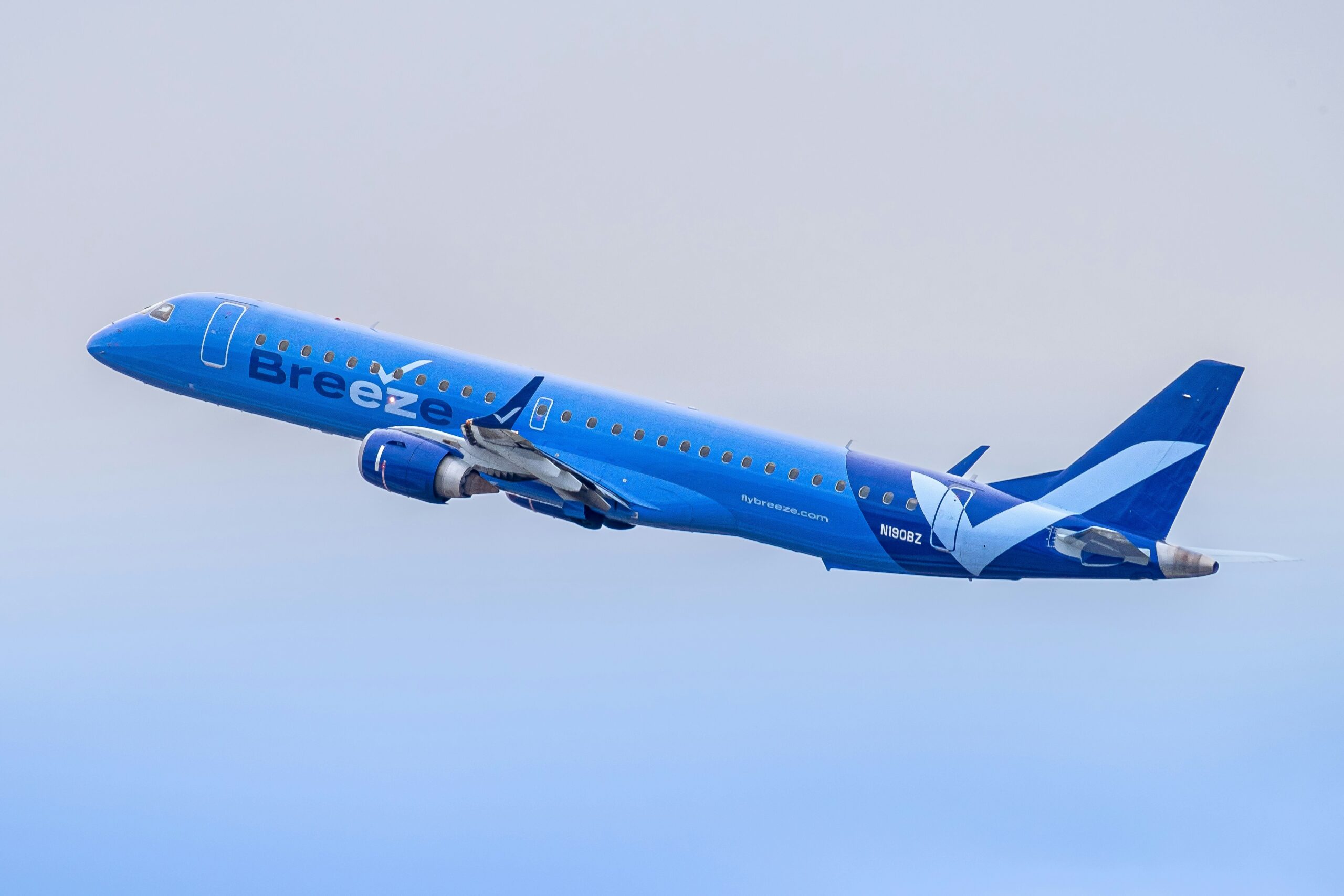
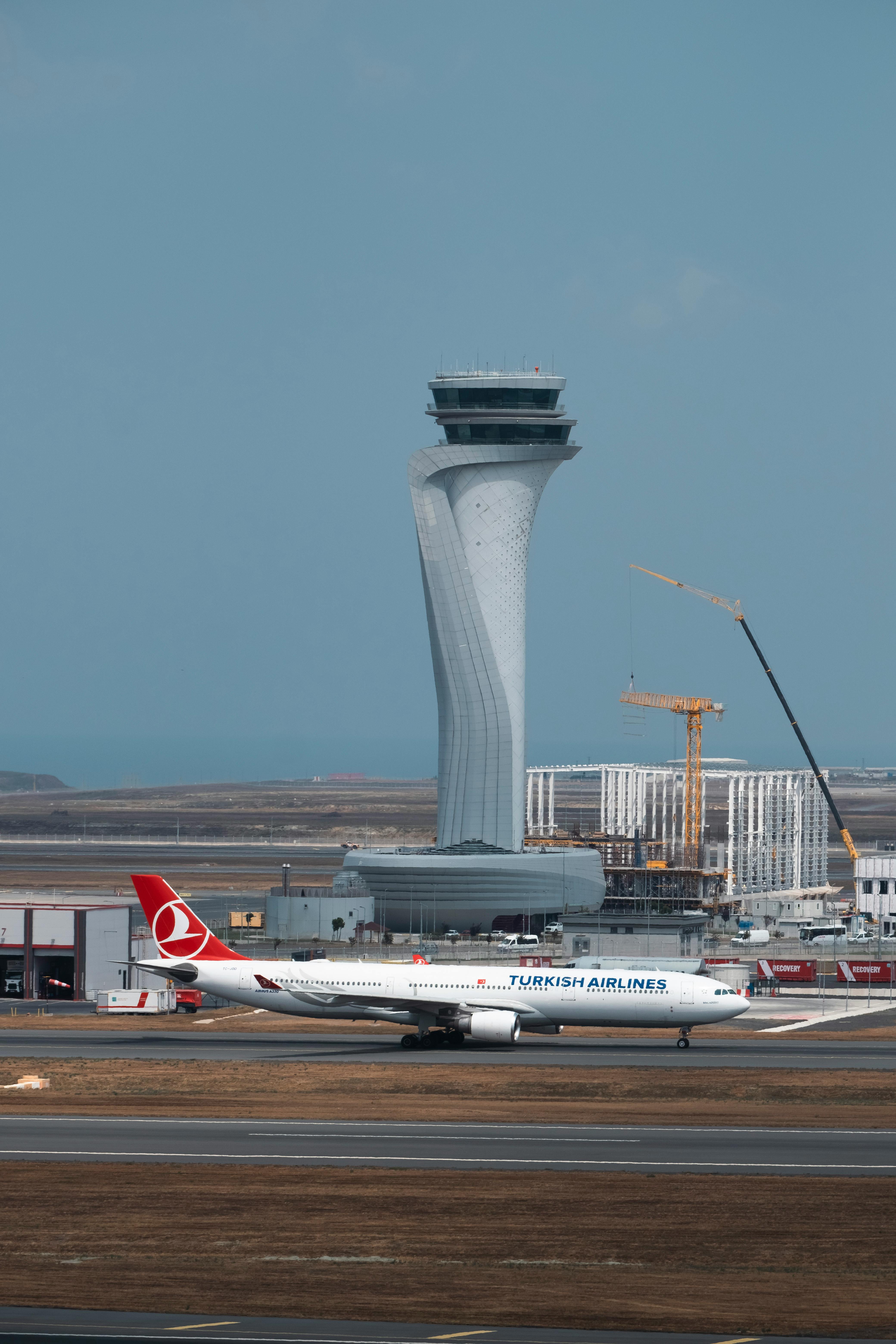
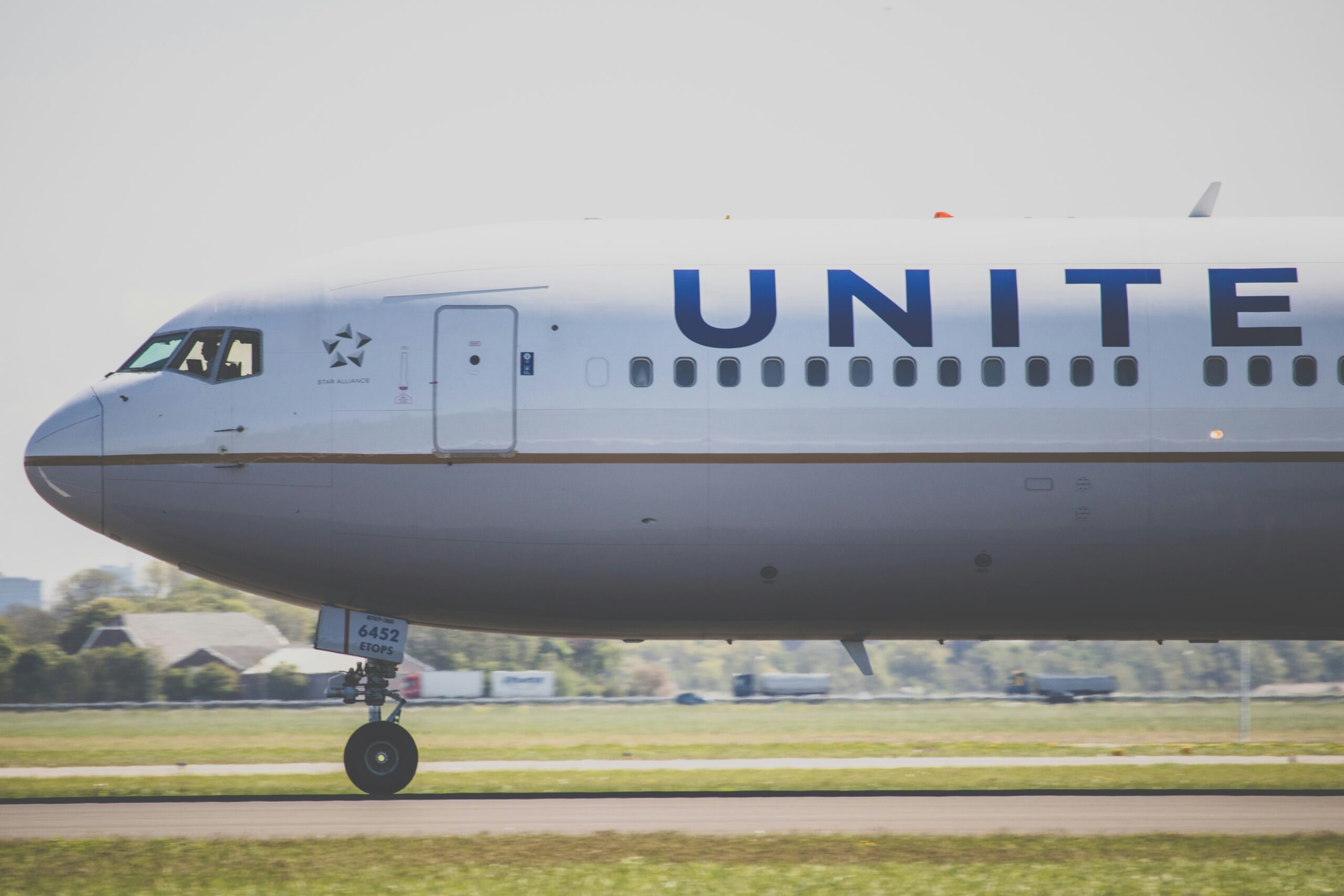
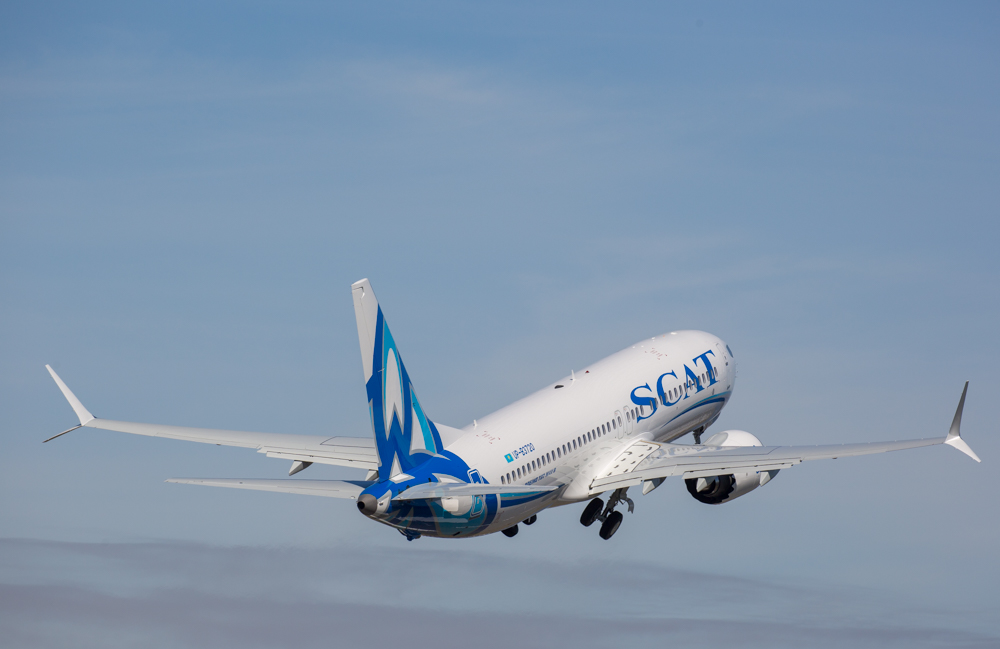
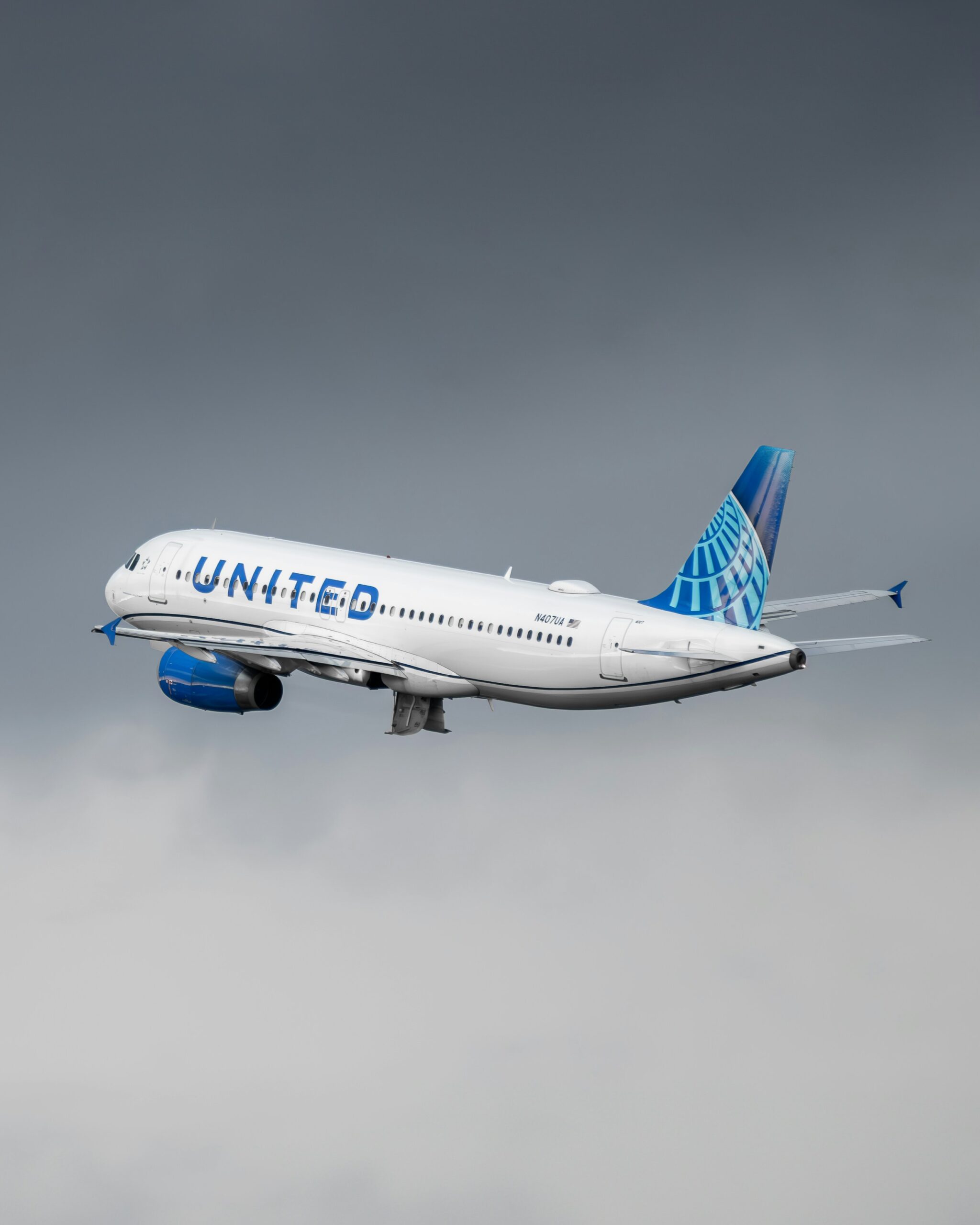

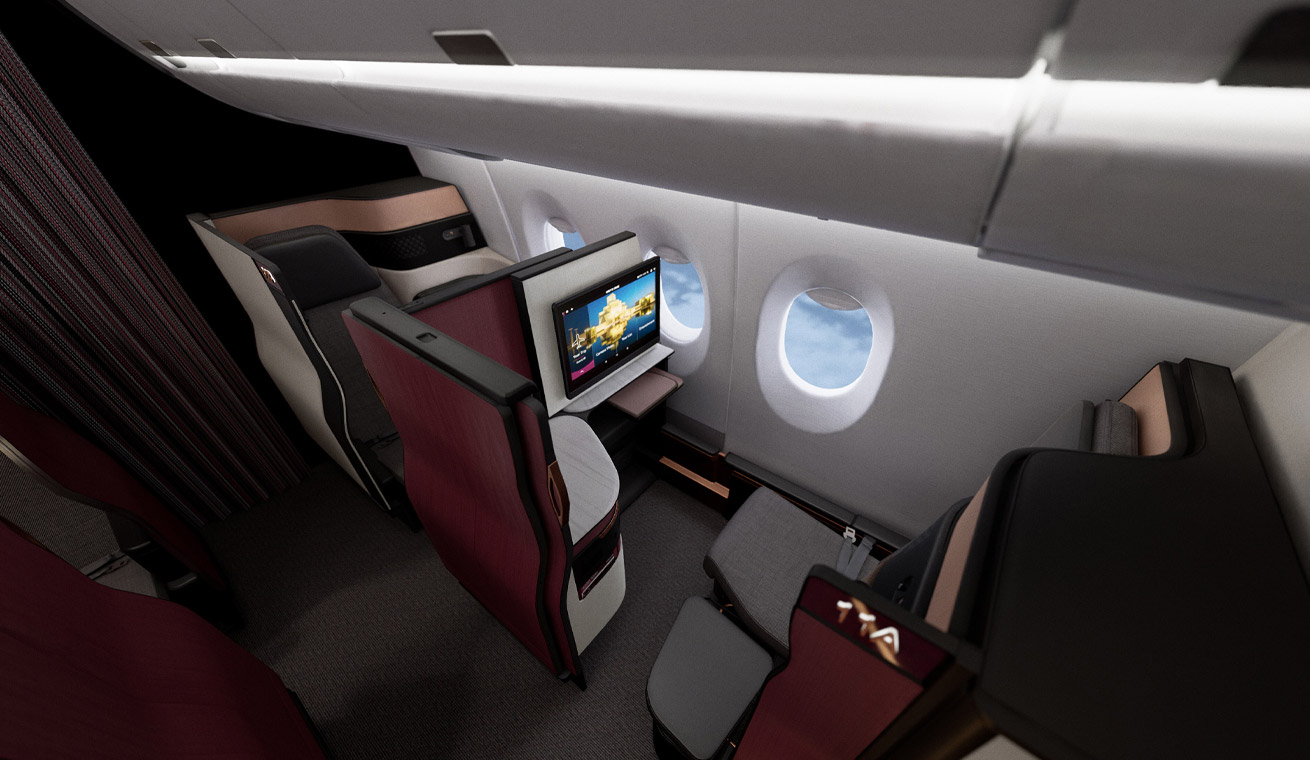
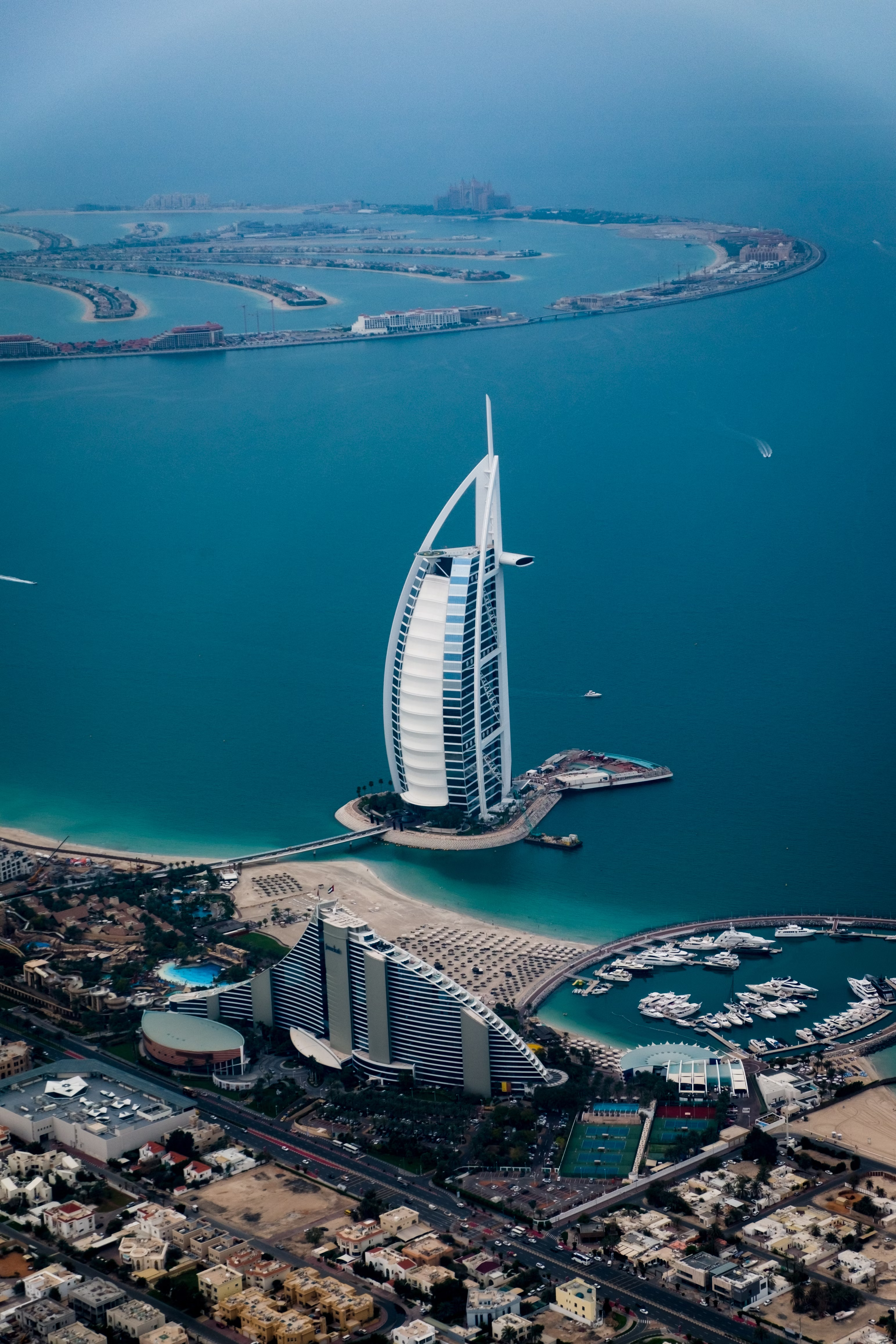
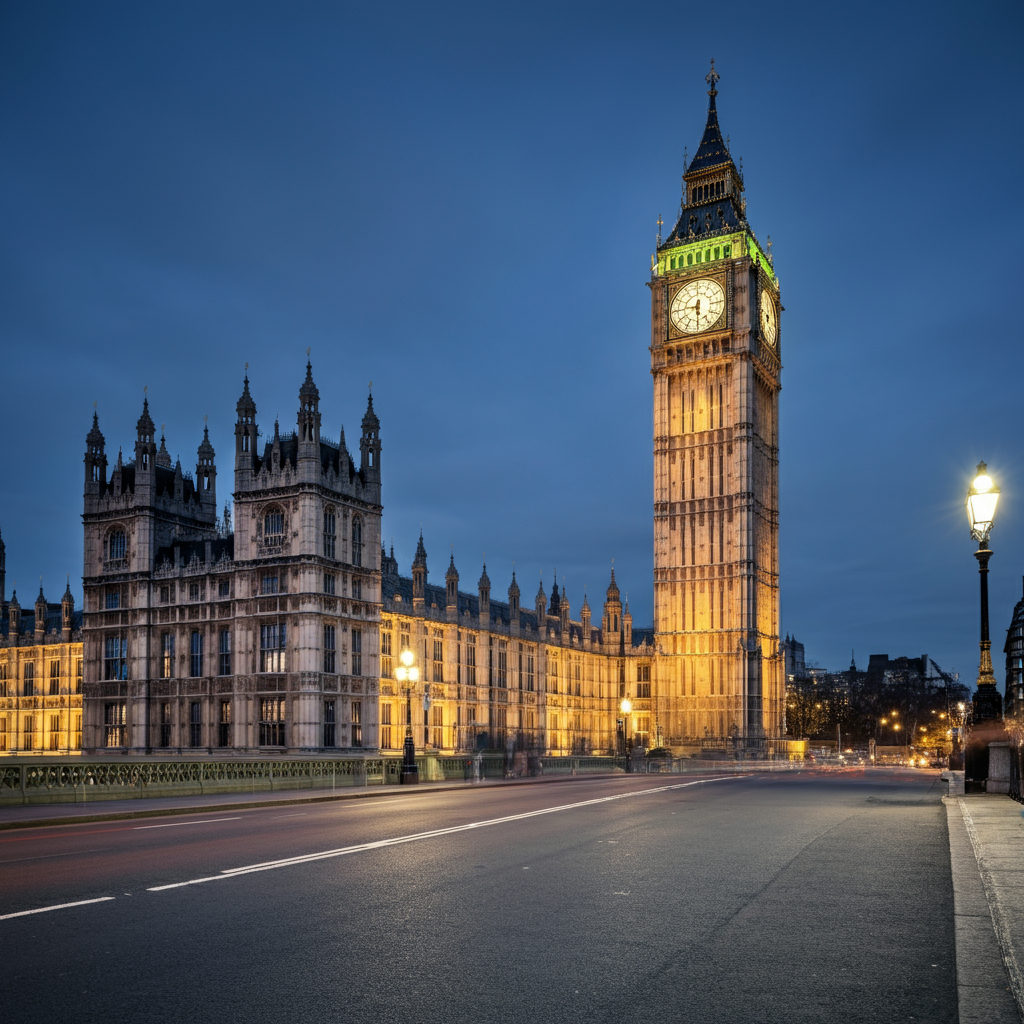
Leave a Reply